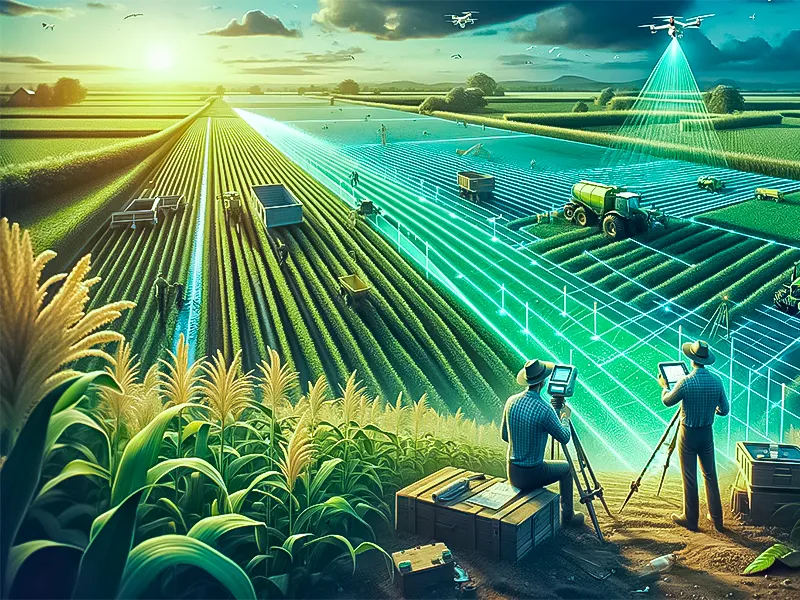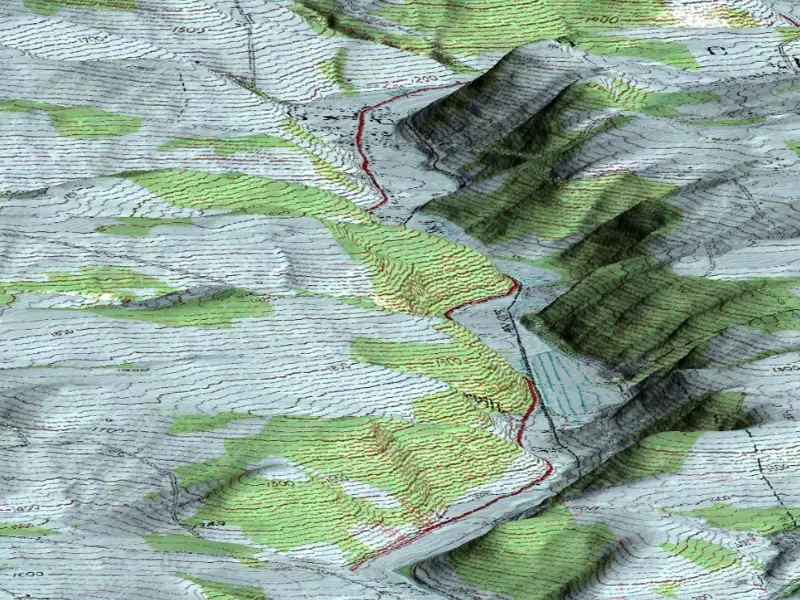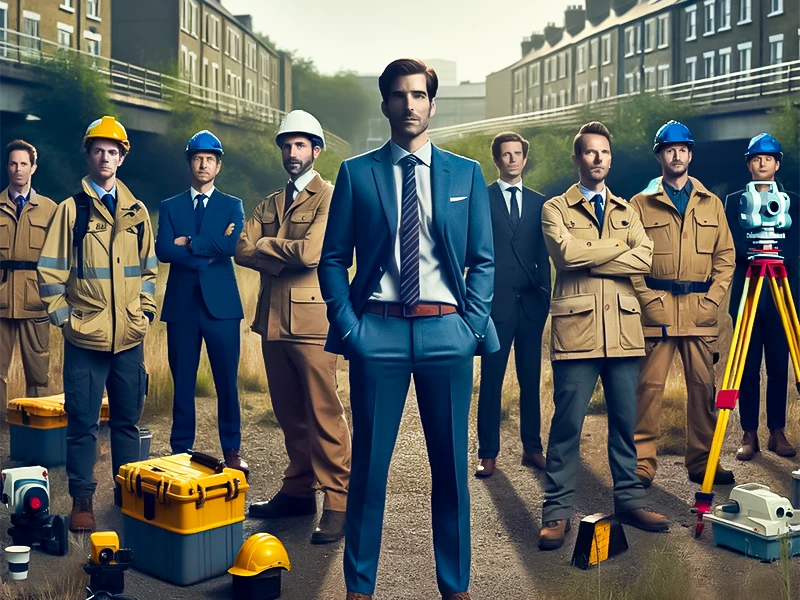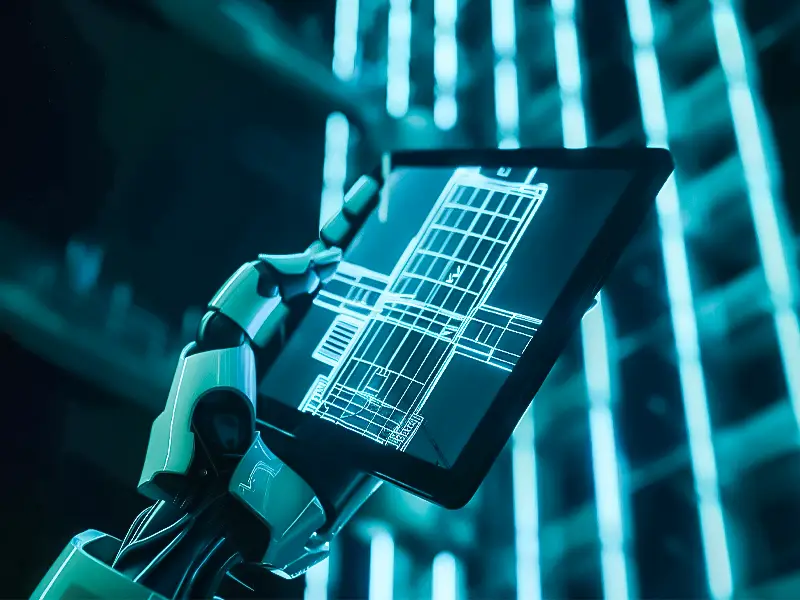
The advent of recent technological advancements and innovations, such as GPS, 3D laser filtering, ethereal symbolism using robots or planes, mechanical total stations, high-level programming, and others, has brought about a significant transformation in the surveying field.
With access to more detailed spatial data on terrain and structure, these developments have unquestionably improved land surveyors’ skill, accuracy, and suitability for social situations.
Key Technological Trends in Surveying
GPS Technology
3D Laser Scanning
Also known as LiDAR, 3D laser scanning is an emerging tech-based surveying technique that uses millions of laser light pulses to create detailed 3D models and point clouds of infrastructure, topography, boundary features, and more. Specialised LiDAR equipment uses these light pulses to take measurement readings and capture spatial data that is far denser and more comprehensive than a surveying crew could gather using traditional methods.
This innovation computerizes the information-gathering process, passing it to the land surveyor to direct the hardware. The massively collected datasets can be combined with information from other sources, such as robot symbolism, to create precise 3D models. Engineers, sketchers, improvement groups, and accomplices can utilize these portrayals.
Drone Aerial Imagery
Over the last ten years, drone technology has advanced, and land surveyors can now access precise low-altitude aerial footage that provides up-to-date views of land usage, structures, construction sites, and terrain. High-resolution drone photos enable land surveyors to view and examine elements that are challenging to evaluate from the ground up.
This higher point of view gives a priceless visual setting. Drone flights are automated to capture images across a specified area efficiently. Orthorectified imagery that corrects distortions can be used with survey data and 3D models to give highly detailed site representations. These land surveyors furnish clients and public offices with the most recent site infrastructure data.
This elevated point of view provides an excellent visual setting. Automated drone flights efficiently take pictures over a predetermined area. Combined with survey data and 3D models, orthorectified photography corrects distortions and provides detailed, accurate site representations. These land surveyors offer clients and government agencies information on site infrastructure to clients and government agencies.
Robotic Total Stations
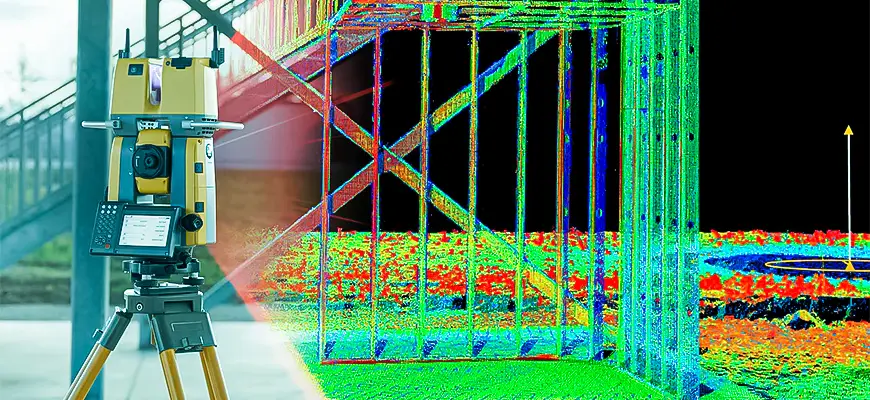
Robotic total stations are cutting-edge measuring devices that can track prism targets, scan whole surroundings and self-level, and gather copious amounts of positional data without requiring survey staff. These mechanical devices use mechanised engines, installed programming, and an electronic distance metre to inspect targets, designs, and areas with intelligent crystals placed on them in a 360-degree field of vision.
This contemporary technology makes the data collection method even more automated than traditional total stations. While the total station gathers geographical data independently, one surveyor can monitor readings from a distance, recovering valuable fieldwork time.
Survey Software
Modern CAD, GIS, and mapping software is designed to process and store large point clouds, high-resolution drone photos, GPS data, robotic total station information, and other data types. Using survey software, land surveyors can integrate various datasets to generate informative reports, limit maps, framework plans, 3D perceptions, and geological guides.
Land surveys are transformed into information-rich 3D models using sophisticated processing power and data editing tools, which end clients use to create development plans. Land surveyors equipped with high-quality datasets can also provide detailed analyses and experiences. These systems provide precise data compilation and representation.
Blockchain

Conclusion
New technology dramatically impacts the surveying industry, changing conventional methods and creating new opportunities. As innovations like drones, 3D laser scanning, GIS/BIM integration, and others progress, the sector will grow more productive, precise, and capable.
AI, IoT, improved data analytics, autonomous systems, and sophisticated imaging are just a few of the technologies that will soon revolutionise the surveying industry. Accepting these developments will be essential to maintaining competitiveness and producing the best possible outcomes in this constantly changing industry.

